
How to Use TIP120 Hi-Current Darlington Transistor: Examples, Pinouts, and Specs
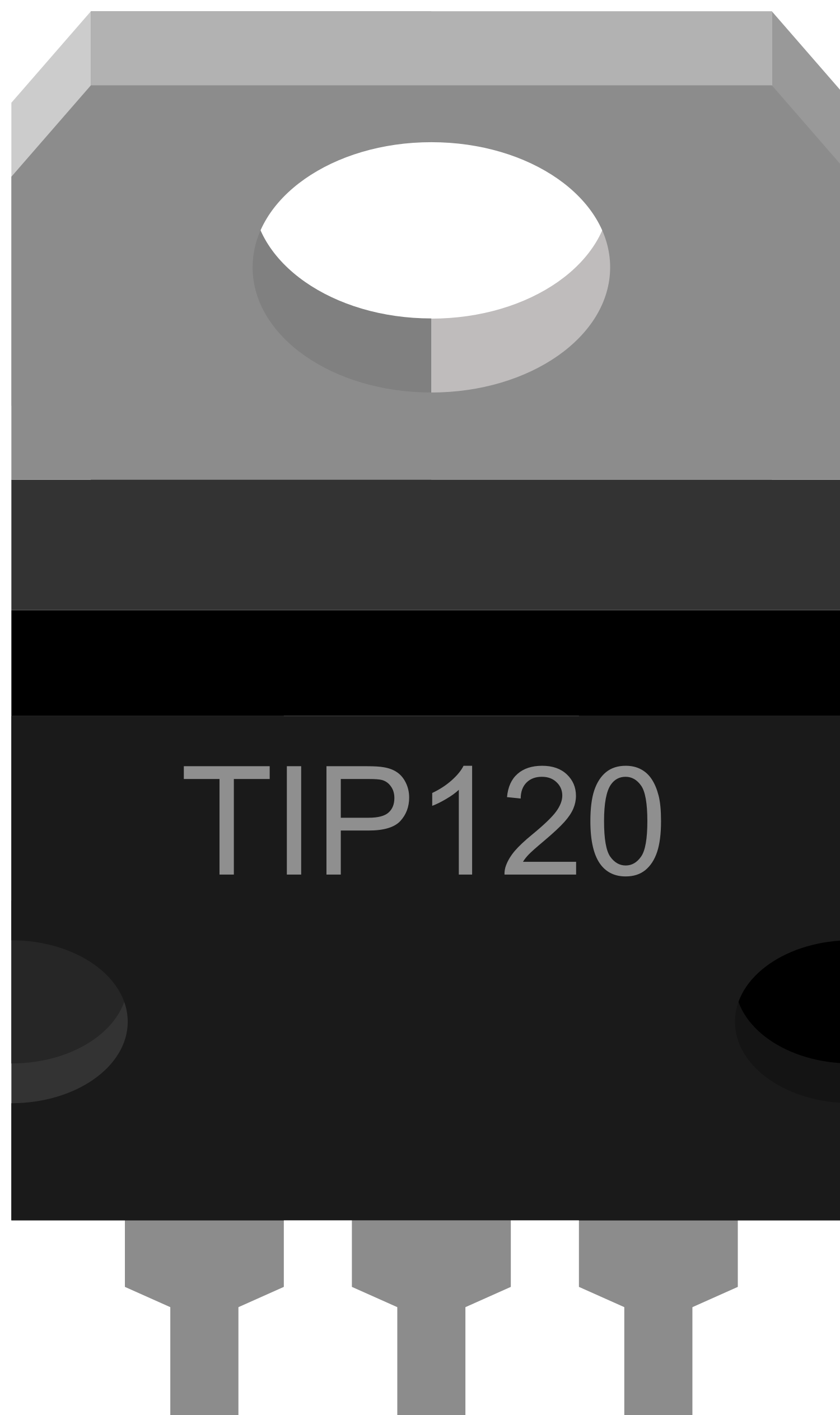
 Design with TIP120 Hi-Current Darlington Transistor in Cirkit Designer
Design with TIP120 Hi-Current Darlington Transistor in Cirkit DesignerIntroduction
The TIP120 is a widely used NPN Darlington transistor capable of handling high current loads. It is designed for general-purpose amplifier and low-speed switching applications. The TIP120 is particularly useful for interfacing with microcontrollers, such as the Arduino UNO, to control devices like motors, solenoids, and relays that require more current than a microcontroller can provide directly.
Explore Projects Built with TIP120 Hi-Current Darlington Transistor
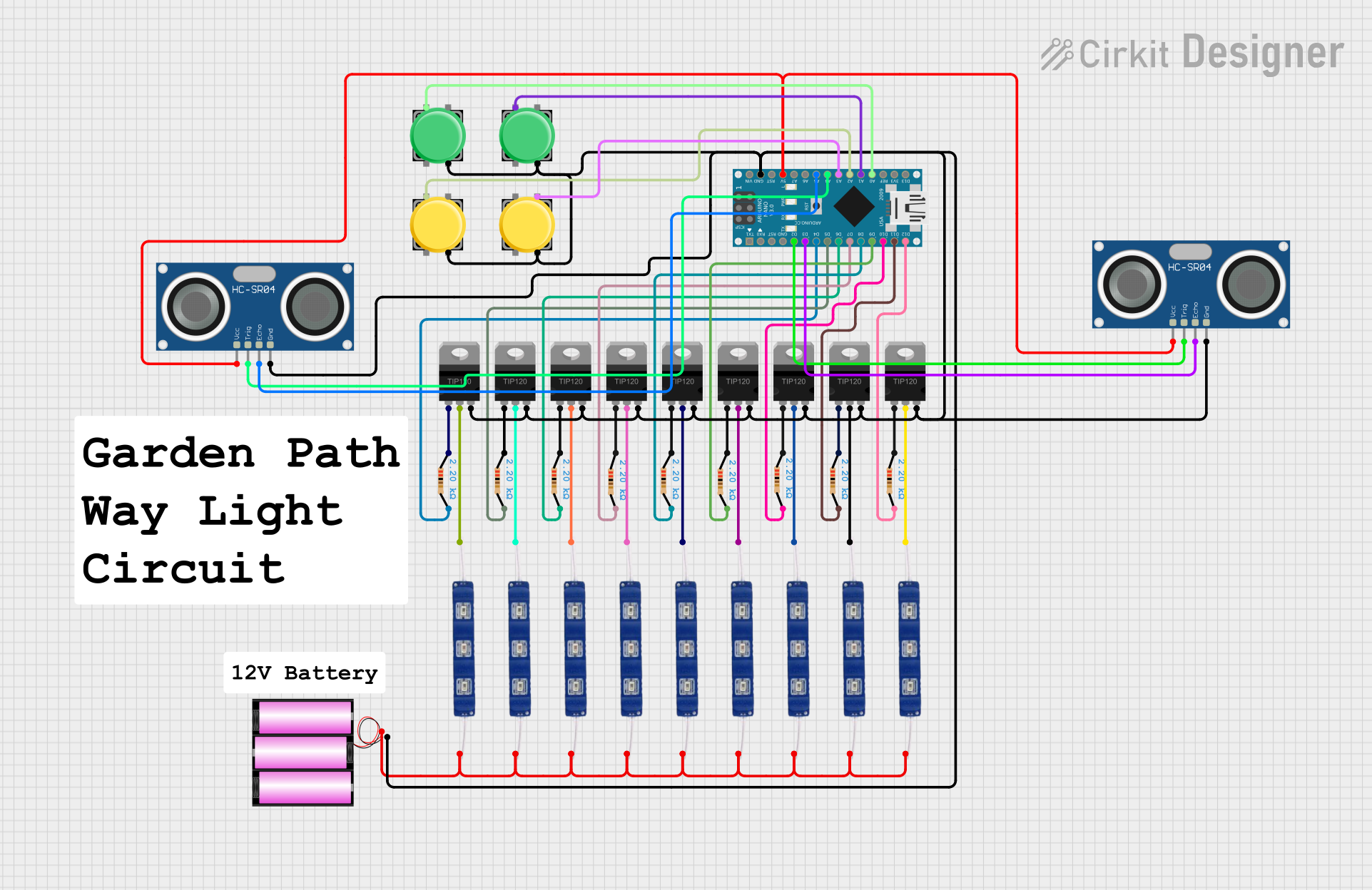
 Open Project in Cirkit Designer
Open Project in Cirkit Designer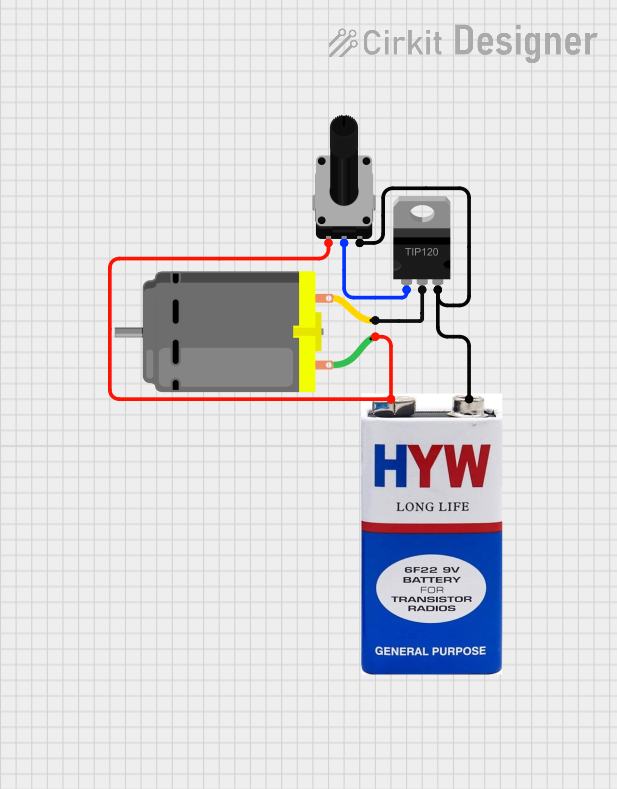
 Open Project in Cirkit Designer
Open Project in Cirkit Designer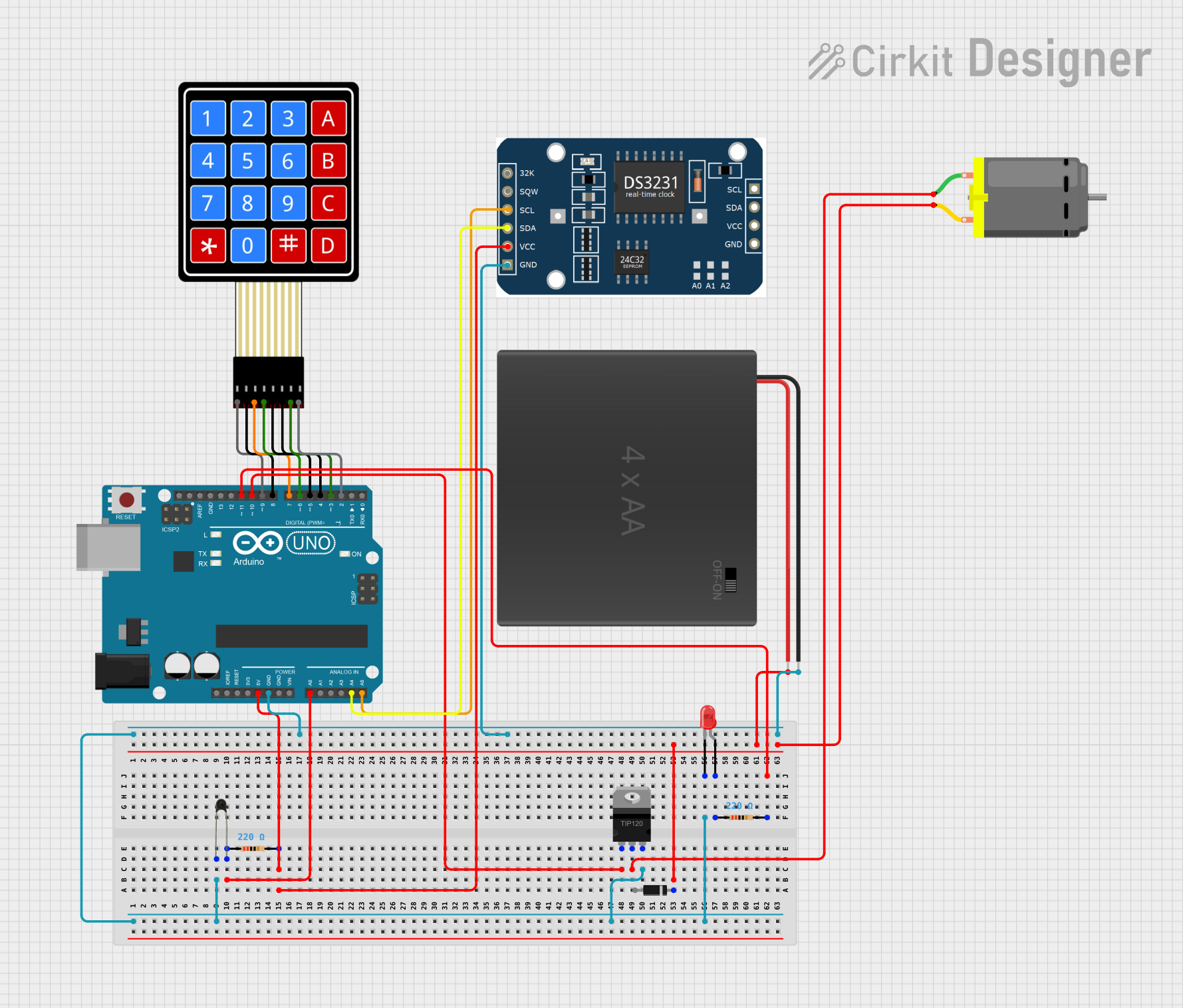
 Open Project in Cirkit Designer
Open Project in Cirkit Designer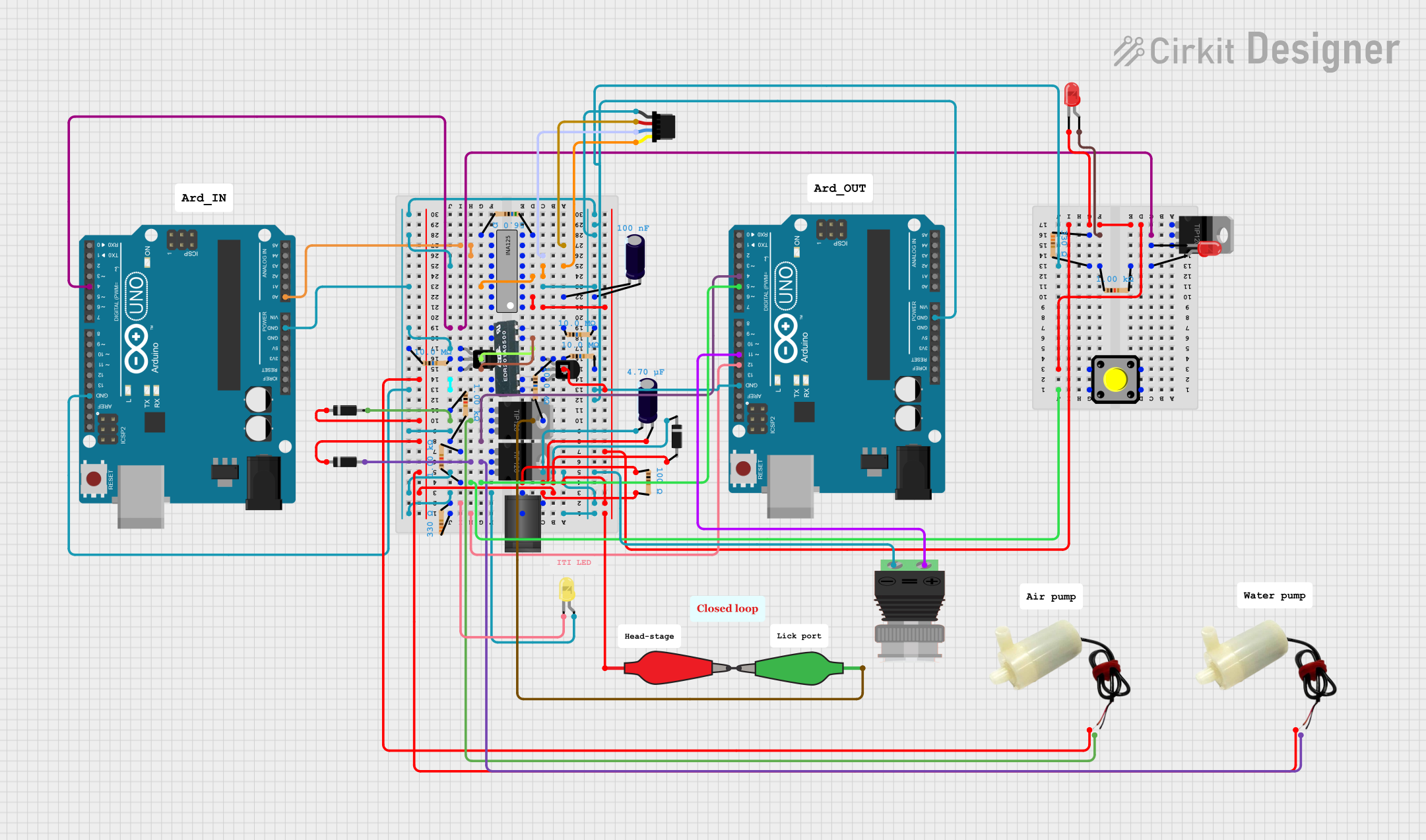
 Open Project in Cirkit Designer
Open Project in Cirkit DesignerExplore Projects Built with TIP120 Hi-Current Darlington Transistor

 Open Project in Cirkit Designer
Open Project in Cirkit Designer
 Open Project in Cirkit Designer
Open Project in Cirkit Designer
 Open Project in Cirkit Designer
Open Project in Cirkit Designer
 Open Project in Cirkit Designer
Open Project in Cirkit DesignerCommon Applications
- DC motor control
- Relay drivers
- Solenoid control
- LED light dimming
- Power regulators
Technical Specifications
Key Technical Details
- Collector-Emitter Voltage (Vce): 60V
- Collector-Base Voltage (Vcb): 60V
- Emitter-Base Voltage (Veb): 5V
- Collector Current (Ic): 5A (Continuous)
- Total Power Dissipation (Pd): 65W (at 25°C)
- DC Current Gain (hFE): 1000 (Minimum)
- Operating Junction Temperature (Tj): -65°C to +150°C
Pin Configuration and Descriptions
| Pin Number | Name | Description |
|---|---|---|
| 1 | Base | Control signal input, activates the transistor |
| 2 | Collector | Connected to the high-power load |
| 3 | Emitter | Connected to ground (common reference) |
Usage Instructions
How to Use the TIP120 in a Circuit
- Connect the base of the TIP120 to a digital output pin of a microcontroller through a current-limiting resistor (typically 1kΩ to 2.2kΩ).
- Connect the collector to the positive side of the load you wish to control.
- Connect the emitter to the ground of the power supply.
- Ensure the power supply voltage and current do not exceed the TIP120's maximum ratings.
Important Considerations and Best Practices
- Always use a base resistor to limit the current into the base of the transistor.
- Use a flyback diode across inductive loads (like motors and solenoids) to prevent back EMF damage.
- Consider heat sinking if operating near the maximum power dissipation limits.
- Ensure proper insulation and spacing on high-voltage or high-current circuits.
Example Code for Arduino UNO
// Define the pin connected to the base of the TIP120
const int controlPin = 3;
void setup() {
// Set the control pin as an output
pinMode(controlPin, OUTPUT);
}
void loop() {
// Turn on the load connected to the TIP120
digitalWrite(controlPin, HIGH);
delay(1000); // Wait for 1 second
// Turn off the load
digitalWrite(controlPin, LOW);
delay(1000); // Wait for 1 second
}
Troubleshooting and FAQs
Common Issues
- Load does not activate: Check the base resistor and connections. Ensure the control signal is being sent from the microcontroller.
- Transistor overheating: Verify that the current and power dissipation are within limits. Consider adding a heat sink.
- Unexpected behavior in the load: Ensure a flyback diode is used with inductive loads.
Solutions and Tips
- Base Resistor Value: If the base resistor is too high, the transistor may not fully saturate. If it's too low, it could damage the microcontroller's output pin or the transistor's base.
- Heat Sinking: Attach a heat sink to the TIP120 if it gets too hot to touch, or if operating near its maximum ratings.
- Flyback Diode: Always use a flyback diode when controlling inductive loads to prevent voltage spikes that can damage the transistor.
FAQs
Q: Can I use the TIP120 to control an AC load? A: No, the TIP120 is designed for DC applications only.
Q: What is the function of the Darlington pair inside the TIP120? A: The Darlington pair configuration within the TIP120 allows for high current gain, enabling control of high-current loads with a very small base current.
Q: How do I choose the correct base resistor value? A: The base resistor value depends on the voltage of the control signal and the desired base current. Use Ohm's law (R = V/I) to calculate the appropriate resistor value, ensuring the base current does not exceed the microcontroller's maximum current rating for a pin.